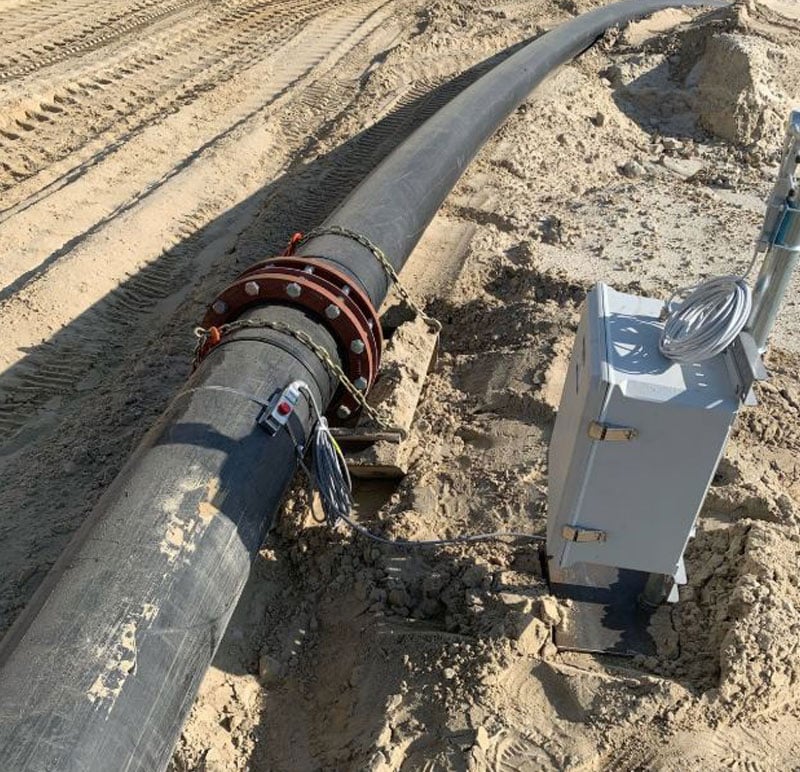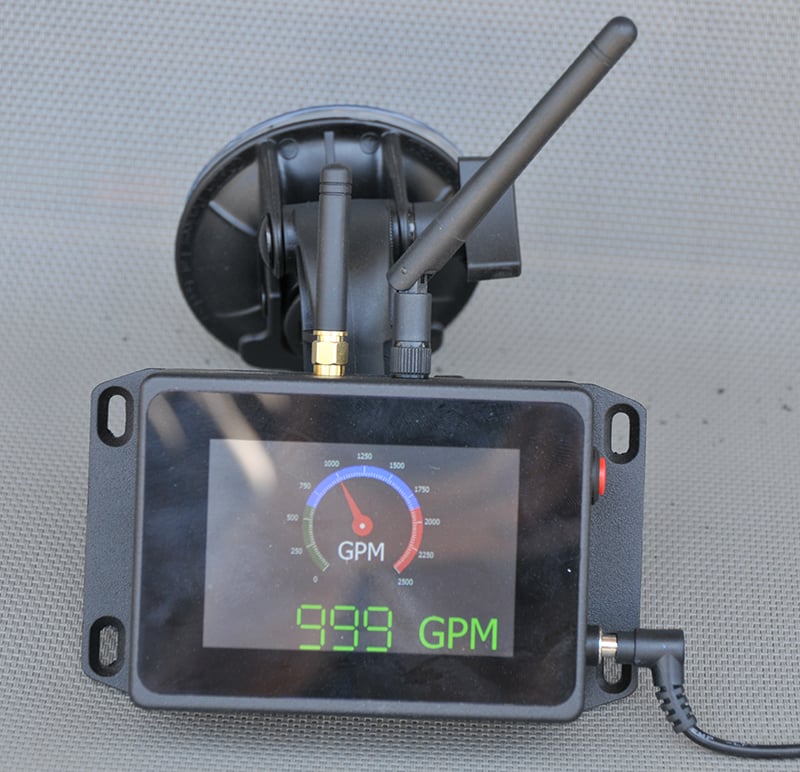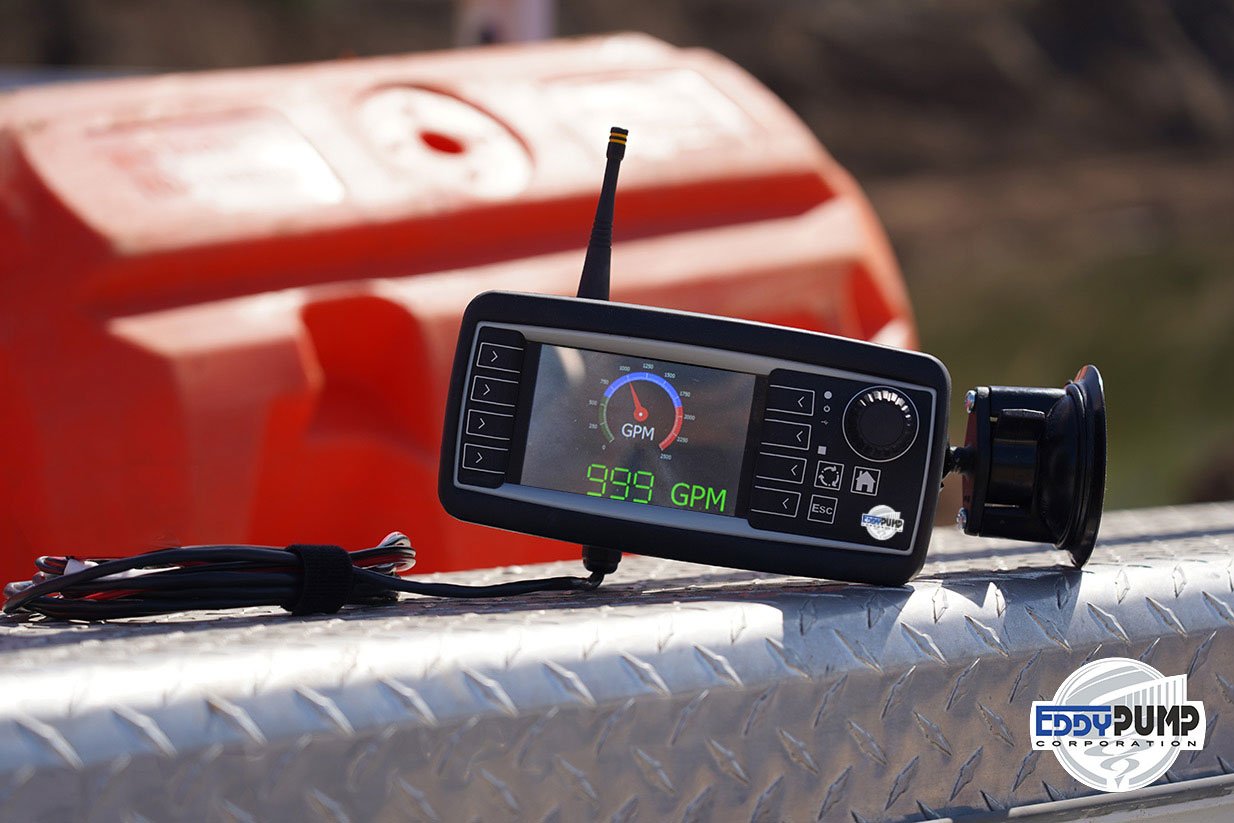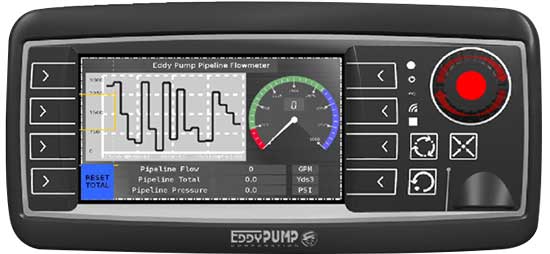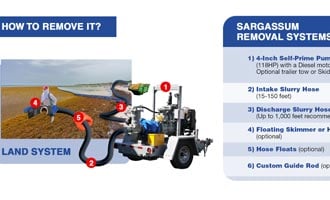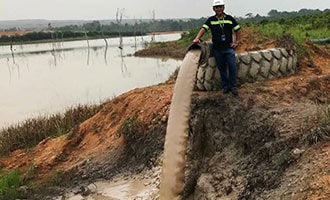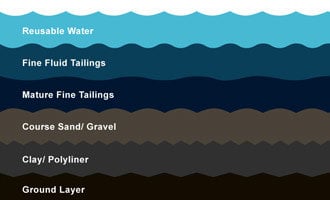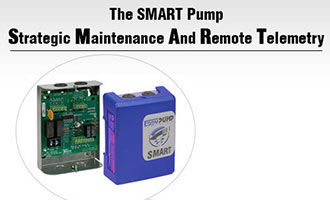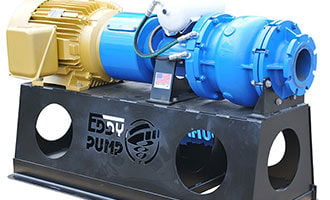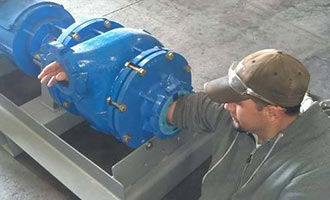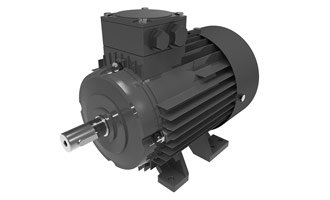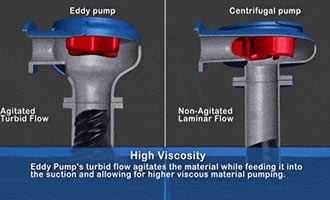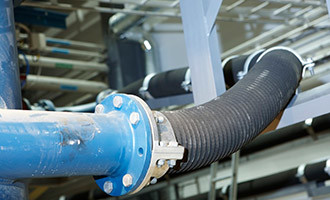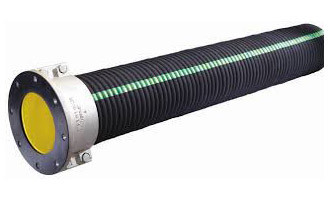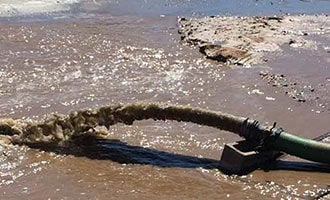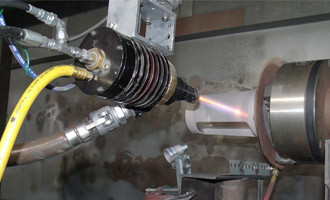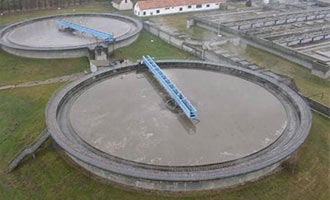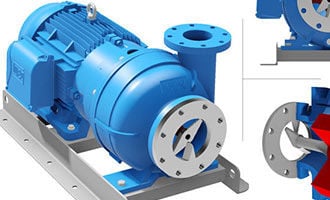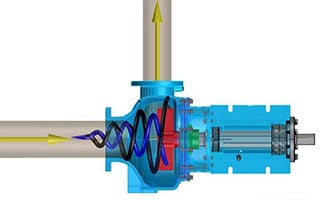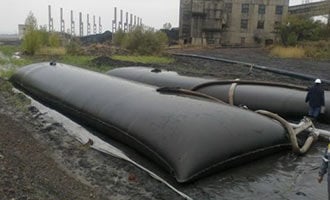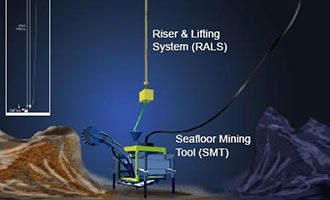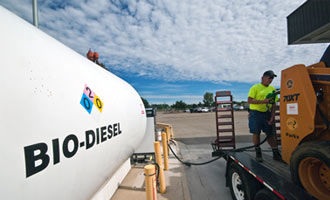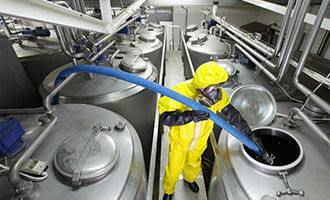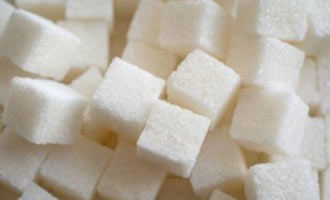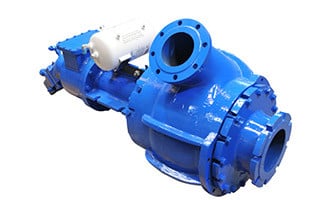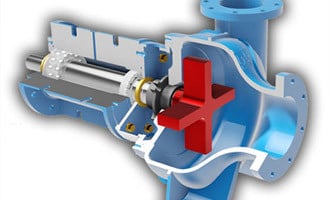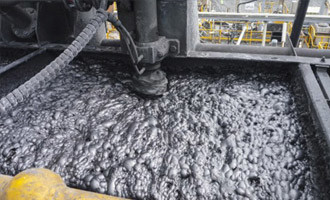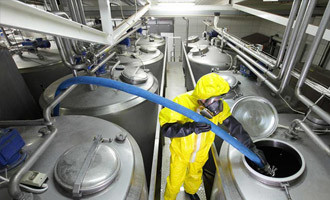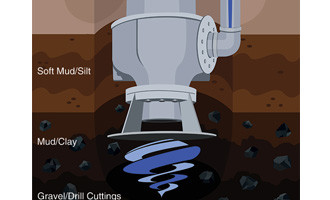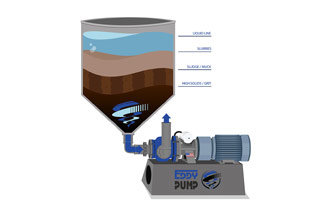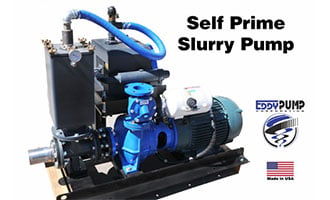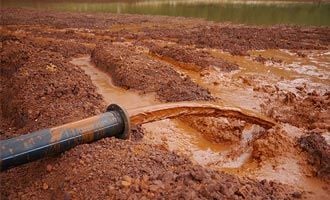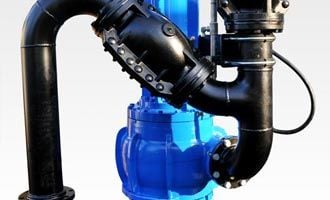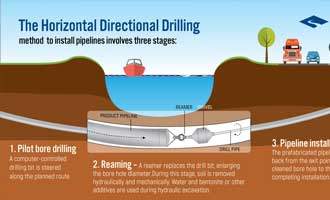Wireless Doppler Flow Meter for Slurry Pipelines
Dredging Pipeline Flow Meter. Learn about the critical importance of having wireless Doppler flow meters installed on your slurry pipeline and how the advantages of Doppler flow meters can completely optimize your dredging and slurry pumping applications
Wireless Doppler Flow Meters
Dredging Pipeline Flow Meter. Learn about the critical importance of having a wireless doppler flow meter installed on your slurry pipeline and how it can completely optimize your dredging and slurry pumping applications.
How the Doppler Slurry Flow Meter Works
This technology leverages ultrasonic Doppler flow meters, which are adept at measuring flow rates from outside the pipeline. It uses a non-invasive clamp-on sensor that emits high-frequency sound waves (640 MHz). These sound waves penetrate the pipeline wall and propagate through the fluid inside.
As these high-frequency sound waves encounter solids or air bubbles within the slurry, they are reflected to the sensor. The movement of the fluids containing solid particles causes a change in the frequency of the reflected sound waves, known as the Doppler effect. This frequency shift is directly proportional to the velocity of the flow within the pipe. Ultrasonic Doppler flow meters are meticulously designed to measure this frequency shift, allowing them to calculate the flow rate precisely.
For best performance, Doppler sensors should be mounted away from turbulence causing components like pipe bends and tees, and away from flow speed control mechanisms like controlling valves and booster pumps. Typical accuracy is about 2% of full scale.
Maintains Optimal Flow Rate for Dredging Projects, Mining, Oil & Gas, Oil Sands, Wastewater, Sand & Gravel, Fly Ash, and Coal Ash.
To achieve the best performance from an ultrasonic Doppler flow meter, it is crucial to place the Doppler sensors strategically. They should be installed at locations along the pipe free from turbulence-inducing elements such as bends, tees, valves, and booster pumps. This placement helps in obtaining a more precise signal and more accurate flow measurement. Typically, the accuracy of Doppler flow meters is about 2% of the full scale, which is sufficient for most industrial applications, including complex dredging operations where precise flow measurement is critical for optimizing the dredging process and enhancing operational efficiency.
The Doppler flow technique only works on difficult-to-pump liquids that contain solids or bubbles to reflect its signal. Slurries, sludge, wastewater, abrasive sand and rocks, and viscous and corrosive chemicals are considered “difficult” liquids that may damage regular internal flow meters. Because the Doppler sensor of ultrasonic flow meters is mounted on the outside of the pipe, there is no risk of pressure drop, damage to sensors, or obstruction to the flow within the pipeline. This ensures accurate readings to maintain your critical line velocity.
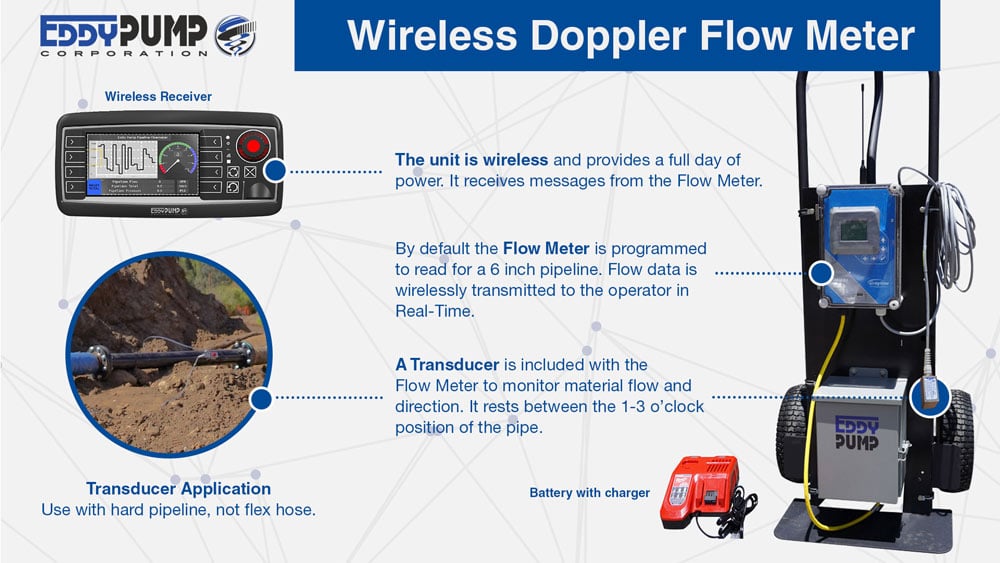
What’s Included?
Doppler ultrasonic flow meters include a clamp-on ultrasonic sensor, a connecting cable, and an electronics enclosure that can be mounted at a convenient location nearby (within 500 ft or 152 m). The sensors of the ultrasonic flow meter are safe for mounting in hazardous-rated locations.
Kit Comes With
-
Doppler flow meters
-
Wireless cab monitor. Shoots the real-time flow readings to the operator.
-
Dolly
-
Battery with charger
-
Battery enclosure
Only input your pipeline ID (inner diameter) to set the device up. You’re ready to begin pumping once you know the optimal flow rate for the material to be pumped.

The Best Non-Clog and High Solids Dredge Pumps on the Market. Since 1984.
The Importance of Maintaining Critical Flow Velocity
Critical line velocity is the speed at which a fluid or material must move through a set pipeline length to prevent solids from settling inside the pipeline. Over time, this can lead to clogs and other operational and maintenance problems. Therefore, it is of utmost importance to know the critical line velocity of the material to be pumped, as it can vary depending on the material.
Pipe friction loss occurs when a fluid or slurry moves from point A to point B through a pipeline. As the fluid comes into contact with the pipeline’s walls, friction occurs, which can slow down the flow of the material as it moves through the pipeline. As you can imagine, the more friction inflicted upon the fluid, the more power is needed to move it through the pipeline effectively. Maintaining the correct flow rate will prevent sedimentation buildup, which could lead to pipeline clogging or other costly maintenance issues. Therefore, it is critical to maintain enough critical line velocity to keep the material in suspension and prevent significant problems down the road.
When designing a pipeline for a particular type of slurry, it is essential to predict the friction loss and give the pump enough power at the beginning of the pipe to ensure the required flow rate will be achieved at the discharge end of the pipeline. The internal roughness of the pipeline can also affect friction loss, as the rougher the pipeline is, the more friction the slurry will generate, contributing to slurry pipe friction loss. This must be considered to measure the velocity needed for your pipeline before starting a project.
Doppler Flow Meter Benefits
-
Prevent Pipeline Clogs by Ensuring Correct Pipeline Velocity
-
Full Wireless Capability to Send the Data Directly to the Operator
-
Includes the Option to Send GPM Data to a Second Location
-
Shows Flow Rates in Real-Time on a Mountable Display
-
Allows for Safest & Most Efficient Production Rates
-
Offers Peace of Mind to Dredge Operators
-
Unit Pays For Itself with Increased Efficiency and Less Downtime
An ultrasonic flow meter sends data wirelessly in real-time to a display mounted in the cab of an excavator using an Excavator Dredge Pump Attachment. This gives the dredge operator everything they need to ensure correct flow and production rates.
Why a Slurry Flow Meter is Critical For Dredging & Solids Pumping
Without a Doppler flow meter installed to give the dredge operator an idea of what kind of production they are achieving, problems can quickly arise. If they run the pump too slow, the critical line velocity may not be reached, leading to material settling in the pipeline, which inevitably leads to costly pipeline clogs that halt production and could take numerous days for cleanout. If the pump is run too fast, you will be sucking up way more water than material, decreasing your overall production rates. A Doppler flow meter will allow any operator to find the “sweet spot” of optimal production rates.


Wireless Mobile Flowmeter
This version is used for remote job sites and shoots accurate Doppler flow readings to the control unit in the excavator OR control center. Measure and achieve optimal production rates on the fly while quickly moving from one location to the other. This advanced version of the ultrasonic flow meter is designed specifically for remote job sites, providing a highly accurate measurement of flow rates.
Utilizing ultrasonic technology, it sends precise Doppler flow readings directly to a control unit, whether it’s located in an excavator or a central control center. This feature allows operators to monitor and adjust production rates in real time, ensuring optimal performance and efficiency. The mobility of the ultrasonic flow meter is a significant advantage, as it can be easily transported and set up at various locations, making it ideal for projects that require frequent site changes.
We are one of the few companies who manufactures both our pumps and dredging equipment to ensure optimal support. All equipment Powered by EDDY Pump.
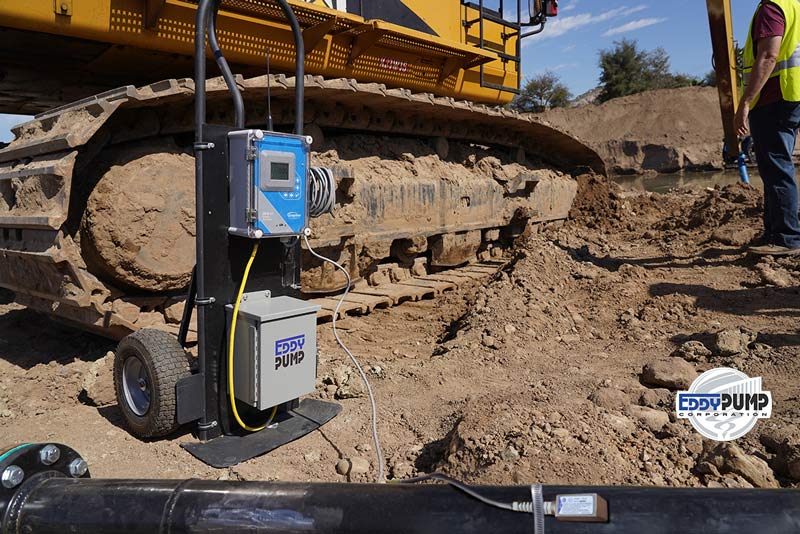
Contact Sales or Engineering
Call 619-345-5446
How the EDDY Pump Works
Why EDDY Pumps Are Better - Highlights
This video shows how EDDY Pump transports high slurry and abrasive materials. Featured dredge pump equipment includes the Remote Operated Subdredge, Diver Operated Pump and a Excavator Attachment Dredge Pump.

